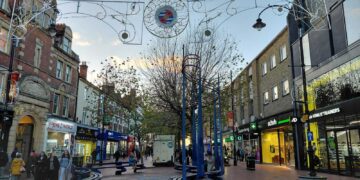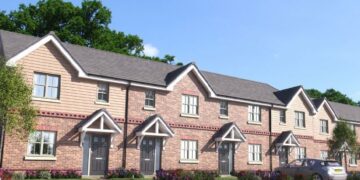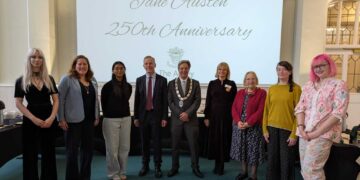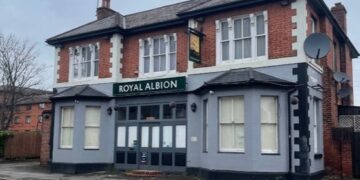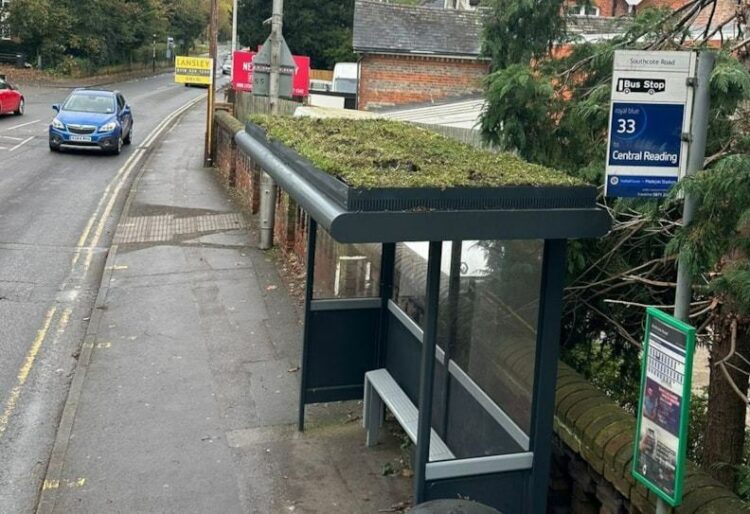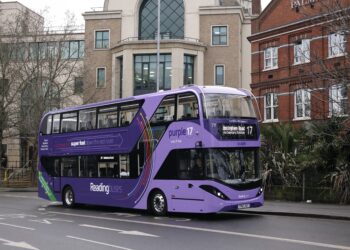READING Borough Council has continued its environmental work to bring a slice of nature to unusual spots around the town.
The council has brought microhabitats to bus shelters in Reading, with fifteen of the shelters now sporting “living” rooftops.
Succulent plants called sedum are installed on top of the structures, providing environmental benefits to the area.
The include the absorption of carbon dioxide and other pollutants–improving air quality– as well as providing a wildlife refuge, increasing biodiversity in urban areas, and are also a source of nectar for bees.
They also play a small part in capturing rainfall, while also provide a cooling effect by absorbing sunlight, and providing a more pleasant natural environment.
Sedum plants are cost effective to install, hardy, and drought resistant, requiring minimal maintenance.
Living roofs have been installed at stops on Caversham Road, Southcote Road, the Milestone Centre, and Warwick Road.
Two have been installed on brand new bus stops on the A33 at Rose Kiln Lane (North), which will come into operation as part of the latest phase of the South Reading Bus Rapid Transit scheme.
Cllr John Ennis, Lead Councillor for Climate Strategy and Transport, said: “Taking the bus reduces the number of polluting cars on the road, Reading’s buses are super low emission and now even the bus shelters are eco-friendly.
“Travelling by bus is a win, win, win for people and the environment–as they travel, bus passengers also benefit from catching a glimpse of these surprise patches of greenery which can attract birds, bees and butterflies.”
He explained: “It is the Council’s, and the town’s, ambitions for Reading to be a net zero borough and we have recently seen that our carbon emissions have fallen by 54% since 2005 – the 12th largest reduction in the country.
“The Council has major projects under way to further reduce emissions in the future but these green living roofs are a great example of how relatively small actions can cumulatively make an impact.”


